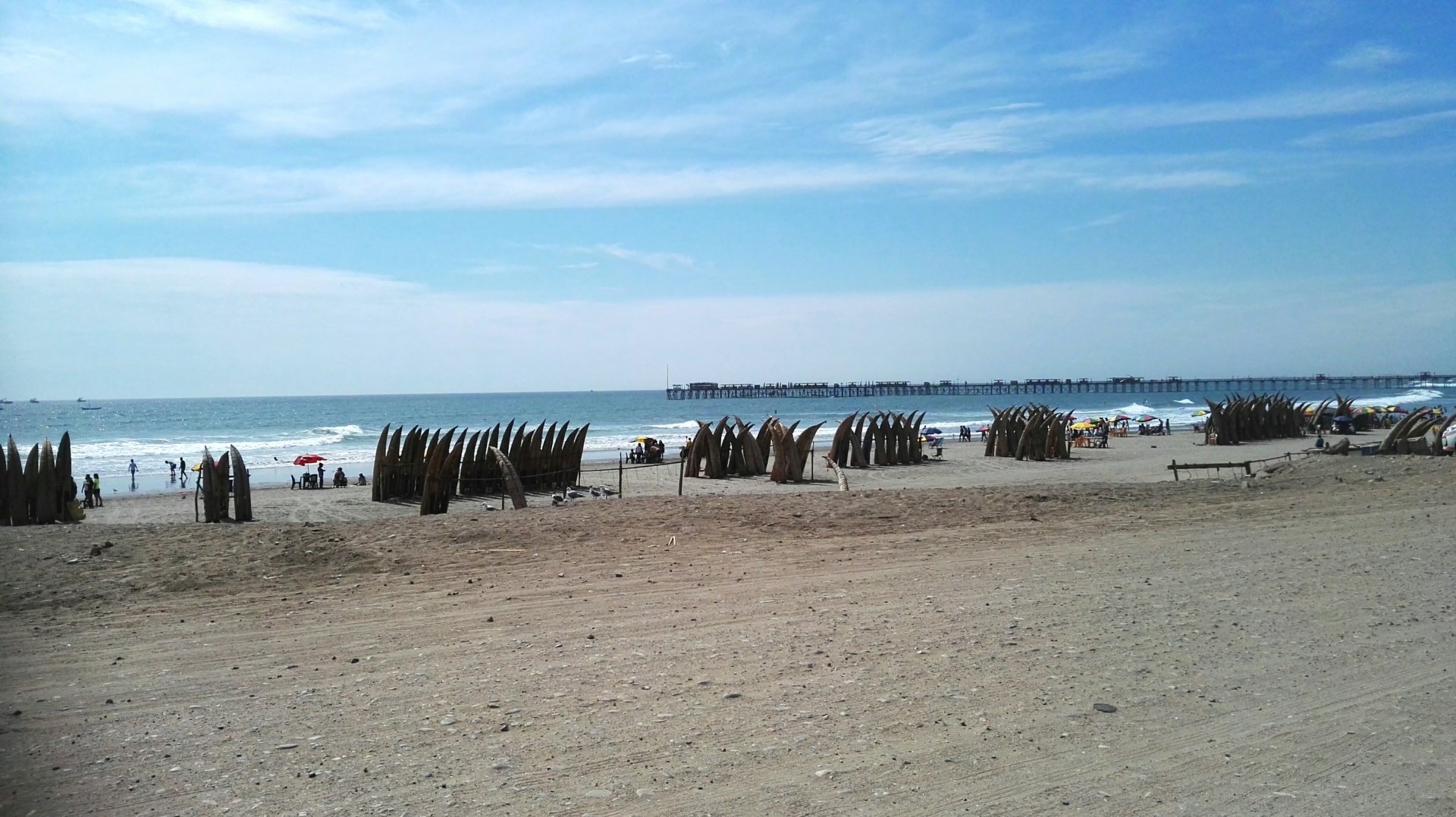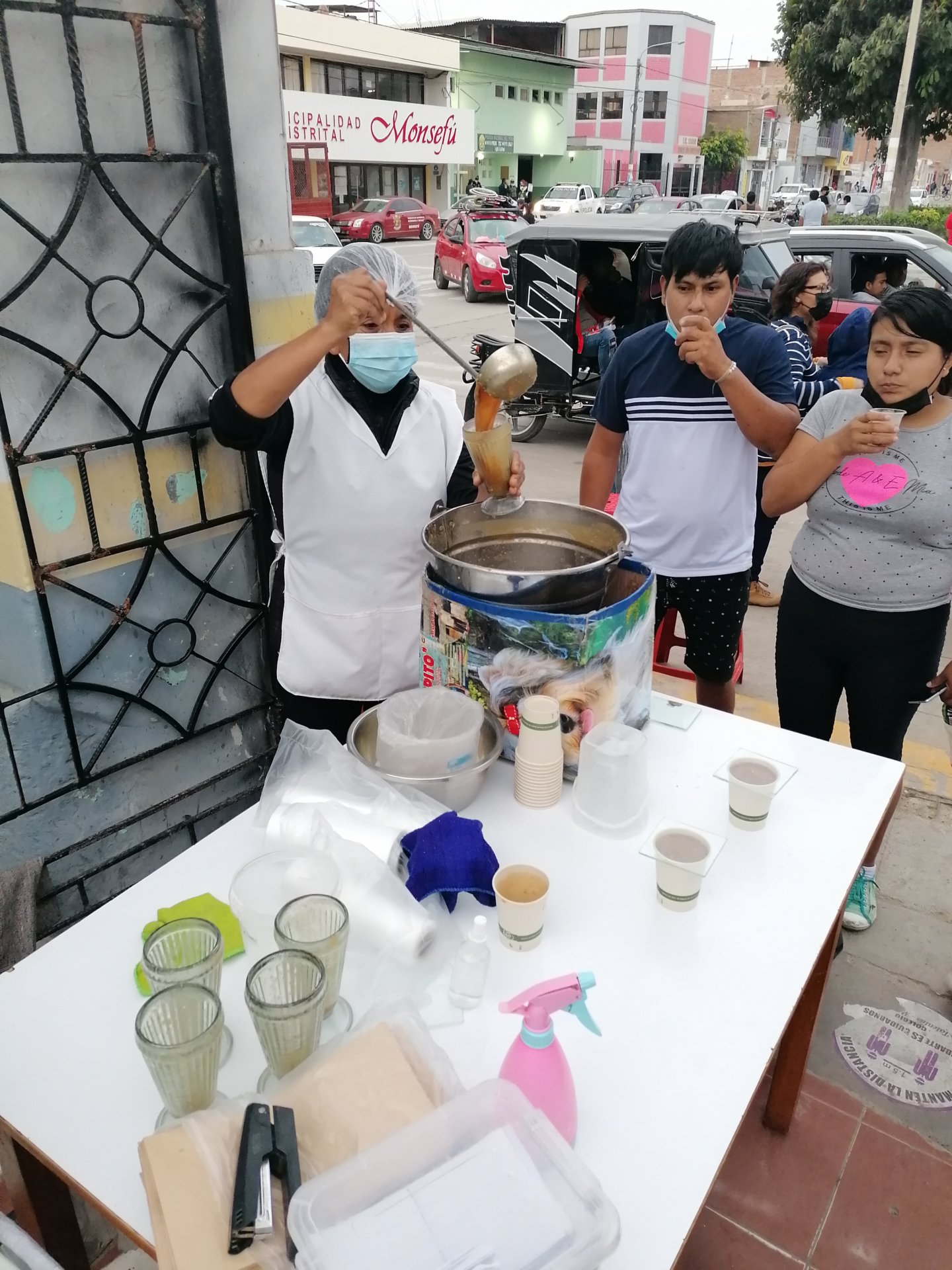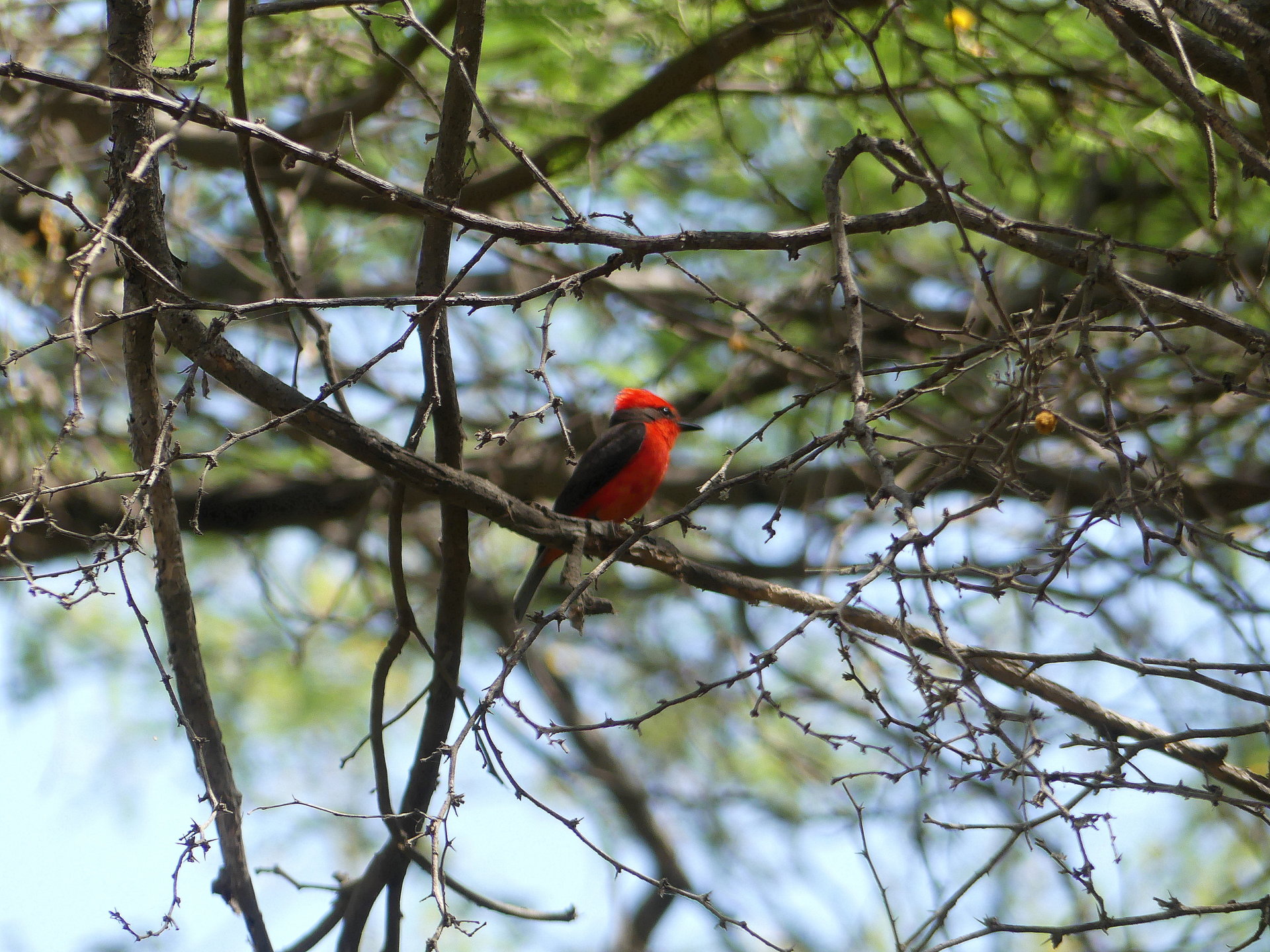A department and region in northwestern Peru known for its rich Moche and Chimú historical past is home to many traditional towns, desert landscape, dry forests including sandalwood groves and the king kong manjar monster dessert.
My husband´s family comes from Motupe, a little town about 1.5 hour from Chiclayo, “The Capital of Friendship” or the “Pearl of the North”. With its parks, shopping centres, universities, galleries, many beaches, eminent banking chains, warehouses, hospitals and clinics, it is an important Peruvian city, the financial and commercial capital of Northern Peru.
Peru´s fourth-largest city, after Lima, Arequipa, and Trujillo, Chiclayo is located on the way to Chachapoyas and Tarapoto, as well as the beaches of Máncora where the sand is whiter and the ocean warmer, influenced by the waters of nearby Ecuador.
Thanks to its great gastronomy and so much to see around – unless you decide to dally your days away on the beaches of Pimentel, the more private Las Rocas and many others – the city is sought by those willing to get to know the Peruvian coast in the North.
In many places of the town you notice inscriptions claiming that Chiclayo is a “Heroic City”: Chiclayo was declared a city on 15 April 1835 by president Felipe Santiago Salaverry who named it “the Heroic City” to recognize the courage of its citizens in the fight for independence.
One of my favourite spots in the city is the Cathedral of Chiclayo, located at the main square and built in neoclassical style (starting in 1869, finished in 1945) by design and drawings of Gustave Eiffel.

Gastronomy
Chiclayo is renowned for its many amazing restaurants where people stand in a line to get in. One of my favourite ones is Marakos grill, but of course, if you do not eat meat, it might not be the best option. I love the smiling, welcoming and polite staff in the place, their César salad with grilled chicken breasts and their amazing home-made sangria.
Another restaurant I could recommend (especially to all lovers of cevicherias) is La Brisa del Mar, where, among other dishes, they offer an amazing dish of grilled sea food!

When in Chiclayo, don’t forget to taste the following plates that are typical of the region:
- Seco de Cabrito: goat meat stew
- Arroz con Pato: rice with duck
- Espesado: beef chest meat with green veggies served with rice
- Chirimpico: bird of goat liver stew scrambled with cooked blood served with yucca and yam slices
- Pepian de Pavo: turkey stew with corn
- Causanorteña (Chiclayana): smashed potatoes and veggies spiced with lime and salt – yes, finally a vegan option
Among the sea food specialities, there would be Chinguirito (a variety of fish – salted and sundried – cut into small pieces and cooked with lemon, served with chopped onion, yucca and fried corn) or Tortilla de Raya (omelette made from stingray).

If you have the sweet tooth, you might want to try out a traditional dessert of the area of Lambayeque – King Kong, made of cookie layers, filled with blancmange, pineapple sweet and in some cases peanuts.
The traditional drink in the area is Chicha de Jora, a corn beer prepared by germinating maize, extracting the malt sugars, boiling the wort, and fermenting it in large containers for several days. It is traditionally prepared from a specific kind of yellow maize (jora), has a very low amount of alcohol (about 2%) and a slightly milky appearance.
What to See Around
Pimentel
A beach resort area with a long sandy beach and a lots of activities happening in the summer. The area is well-suited for surfers. As the place used to be a fishermen´s village, you can see the famous caballitos de totora (reed boats) along the beach. Another cool beach is Santa Rosa, located 5 km south of Pimentel.

Monsefú
An artisans´ town located 20 km southwest of Chiclayo, known for its straw weaving (hats, baskets, purses, bags) as well as works of embroidery, among which the most renowned are the marinera costumes with the peacock leitmotifs. It is also famous as the birthtown of Grupo 5 (Peruvian cumbia group), for its ceramics and other crafts. When going there, make sure to try out the traditional street food: picarones (doughnuts), champús drink (made with maize, fruits such as pineapple, quince or guanábana, sweetened with panela and seasoned with cinnamon, cloves and orange tree leaves), and cachanga (bread without yeastmade from corn flour and water doug, fried and as sweet or savory – with cheese).







Eten
The third Eucharistic City of the World, 25 minutes by car from Chiclayo, celebrates with intense religious fervor the Fair of the Divine Child of the Miracle (22nd July). Puerto Eten and the beach of Eten is located 2 Km from the Eten town.
It is a quaint fishing village and a tiny harbour with houses of colonical architecture, impressive cliffs lining the seashore, long stretches of beaches and the craft of macora straw weaving. This manual work is transmitted from generation to generation, there is no Etenan who does not know how to weave a good hat! Most Eten inhabitants work in the fields and hardly ever it is enough for the family sustenance; so the weaving helps to provide for the family. Eten, just like other Peruvian towns, especially in the North which is renowned for the “brujos y brujas” (witchers and witches) has its own magical practices and superstitions which are intertwined with the Catholicism brought by the Spanish.




Santuario Histórico Bosque de Pómac
One hour by carfrom Chiclayo, it is a dry forest, a refuge for carob trees, birds, and at the same time for Sicán archeological remains, where you can – if you are lucky and well-observing – spot pumas!






Salas
The capital of folkloric medicine, it is a town of sorcerers and healers that are part of the spirit of the North coast of Peru. Located circa 50 km north of Chiclayo, this place is recommended to all those interested in traditional forms of healing. However, know that some of them are a fraud, tricksters and imposters. I have had a personal experience with señora Flor who chargerd me 50 soles for ten minutes of a talk which was totally out of the truth and reality and helped with nothing.
When I asked this lady why she does not travel to the jungle where the shamans are working to join their community from time to time, she told me it is dangerous to travel… Oh well… so much for supernatural powers.
Anyway, I was told a señor Pancho living in the same village is a good healer, so you might try him. But best, I think, is to wait for the healers who come down from the mountains where they live to have lunch in the village from time to time. Among them you might encounter someone who will be willing to practise their art with you. Also, there are night cure sessions from time to time organized by the healers which are based on the indigestion of san pedro plant and other herbal medicines.

Motupe
A tranquil town with a plaza where you can see turtles and iguanas. It is famed by the celebration of the festivities of the Cruz de Chalpón – a sacred wooden cross located on the hill of Chalpón.
The original place where the cross was located (a grotto up on a mountain side) was closed down due to landslides and the cross is now situated some hundred meters down the same path. To get to the cross from Motupe you might take a moto/taxi or cycle up. It is manageable but take enough water and a head cover with you. It is about 9 km of ascent with an elevation gain of 500 m. Then you leave your bike in one of the „cocheras“ below the staircase that then leads all the way up to the cross (a good hike too). Some wonderful sceneries will be opening up to your eyes while walking up the stairs and it is not rare to spot a hummingbird.
The cross was first discovered 141 years ago, and its hide seemed so inaccessible that the locals took for granted that it must have been placed there by the Virgin Mary herself. Annually on August 5th, Motupe celebrates its patronal feast, Fiesta de la Cruz de Motupe. On that day, the cross is carried down in a procession to a chapel in the town of Motupe. August is thus high season. It is customary to ask the Virgin for a favour, and if it is granted, you should return to show your gratitude. Mostly couples who cannot have children make the trip to Motupe.
The stairs up are lined with stalls selling sandalwood (which can be found on the surrounding hills), souvenirs, soft drinks and food. The holy water is given for free at your request. If you do not have a bottle for it, you may buy a plastic one.



I truly enjoyed the natural sceneries around Motupe and took a few bike rides to explore limitlessly. The area is well-known for its sandalwood groves too.





